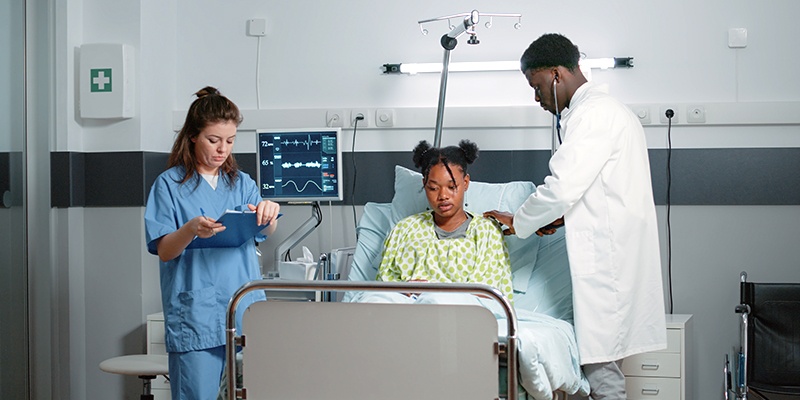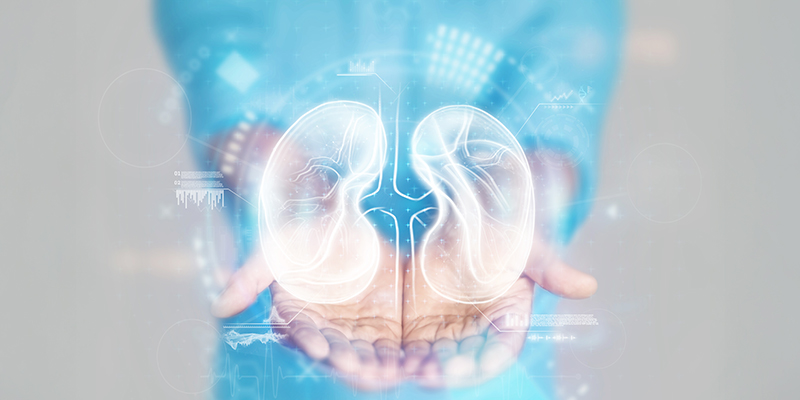Urinary incontinence is the condition in which a person loses bladder control i.e. they may experience minor leakage and/or become unable to empty their bladder’s content completely. Though the condition is more common among the elderly, it may affect anyone.
Find more about the condition below.
Causes
Common causes of urinary incontinence include:
- Ageing, as it leads to weakened bladder muscles.
- Damaged pelvic floor muscles; this damage may occur due to pregnancy, childbirth, and certain surgeries like hysterectomy.
- Prostate cancer, bladder cancer, benign tumours.
- Enlarged prostate gland (a common cause of incontinence in males)
Other causes include:
- Kidney or bladder stones
- Certain urinary tract infections (UTIs)
- Inflammation of the prostate (prostatitis)
- Constipation
- Drug side effects
Lifestyle factors like excessive consumption of alcohol consumption or caffeinated beverages can also lead to a temporary loss in bladder control.
Diagnosis
Urinary incontinence can also be a sign of an underlying condition such as an enlarged prostate, urinary tract infection, kidney stones or cancer. Thus, it should not be considered as a common ageing problem and one should consult a healthcare practitioner as soon as they experience it.
The healthcare practitioner would ask the affected person about their daily habits, other symptoms, medications consumed, and incontinence patterns. They may also order diagnostic tests like urinalysis and cystoscopy.
Treatment and Management
Treatment options include medication, urological surgery, continence-care, behavioural techniques like bladder training and diet management, electrical stimulation, a combination therapy etc. However, in a few cases, the condition may not be eliminated completely through medical treatments which requires incontinence management.
Behavioural techniques include fluid and diet management, scheduled toilet trips, double voiding and bladder training. The doctor or continence-care physiotherapist may recommend the patient certain exercises like pelvic floor muscle exercises to strengthen muscles involved in the process of urination.
Different medications like topical estrogen (for women), alpha-blockers, mirabegron, and anticholinergics can also be prescribed depending upon the type and pattern of incontinence. However, no medicine should be consumed/applied without a doctor’s prescription.
Incontinence in women can also be treated and managed by using medical devices like a urethral insert or a pessary. Nerve stimulators and bulking material injections are examples of interventional therapies that can help treat incontinence in certain cases.
Undergoing a surgical procedure may also be recommended by the doctor in case no other treatment type works for a patient. Examples are:
- Artificial urinary sphincter: a procedure carried out to treat incontinence in men.
- Prolapse surgery: conducted to treat mixed incontinence and pelvic organ prolapse in women.
- Bladder neck suspension: this procedure is conducted during general or spinal anaesthesia as it involves an abdominal incision.
- Sling procedures: used to treat stress incontinence.
In rare cases, when no procedure or medical treatment turns out to be effective for a patient, management techniques are suggested to ease the inconvenience and discomfort caused by the condition. This includes wearing pads or protective garments to manage leakage and using a catheter to drain the bladder completely.
The Bottom Line
In case you or your loved ones experience any signs of urine incontinence or faced any such incidence, consult the doctors at the HJ Hospitals at the earliest. Manned by urology surgeons, physicians, and other experts, our urology department is well-equipped with the state of the art technology and world-class infrastructure. Ensure your health and well-being with our affordable and accessible healthcare services.






 Dec 01, 2020
Dec 01, 2020 Admin
Admin


















